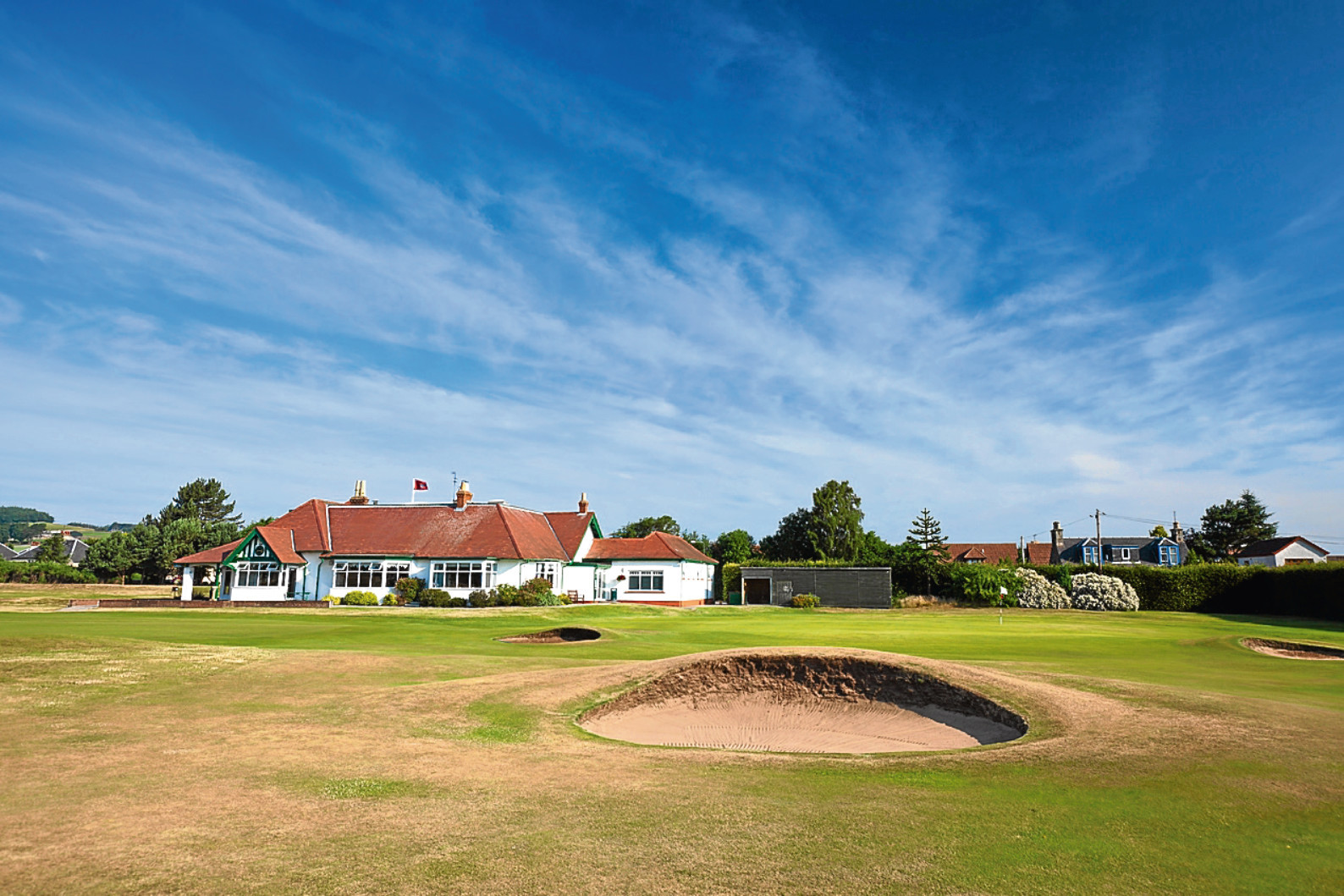I’m not so precious about most of golf’s precious “traditions”, the majority of which seem pretty silly and irrelevant to the modern world.
Some, such as those so jealously guarded until recently at Muirfield and Troon, or the one that persists about “tailored” shorts and whether jeans are suitable attire to play, probably do outright damage to the game.
Traditions shouldn’t be set in stone forever just because we’ve done things even for decades; for example, the 6th and 12th hole at the Old Course are called Heathery Out and In because the double green they share used to have clumps of heather on it.
That was a centuries-old tradition, but they didn’t stick with it for some reason.
Last week, one of the older traditions in Scotland was ended with the news that the Scottish Boys’ Matchplay Championship, held in the Easter holidays in either the first two weeks of April for 80 years, is to be moved to July next year.
It seems a logical enough move. The Boys is often (but not always) played in horrible weather with competitors bound up in waterproofs and several layers, although the modern wonders of Gore-Tex mean there are fewer of those these days.
Switching to the summer holidays makes sense in that it should be more pleasant to play (although again, this is Scotland, so no guarantees).
I have to admit to some regret because the Boys in April is to me the perfect start to the golfing season; low key, always interesting, with great stories.
My favourite will always be the lad who worked at a pub with “entertainment” and who had to go 70 miles home every night after playing as it was his job to drive the stripper home – complete with her snake in a basket in the boot.
The Boys’ has been a fine place for these tales and to meet up with old friends as we trudge out on another summer on the links.
But sentiment is the silliest part of traditions and time marches on. Only, as far as I can see, the logic for breaking this tradition is actually skewed.
The main argument for moving is the apparent lack of quality of boys matchplay champions – the last one to go on to be a tour winner was Andrew Coltart back in 1987.
But the date has nothing at all to do with that; it’s the format, and it’s also simply the nature of boys’ golf.
For a start, boys mature physically and mentally at bewilderingly different rates. The Scottish Boys champion is more often than not the most advanced in the field – seven gruelling rounds of matchplay ensure that. In short, the “boy” who wins is usually already a man.
The only player to win the Boys’ three times was Steven Young, from 1993-95. Stevie has done nothing in the pro game, but he was so dominating in junior golf because he was already fully grown at 16. Eventually, his peers caught up with him physically and his overwhelming advantage in boys’ golf vanished.
Secondly, matchplay events generally do not let the cream rise to the top as much as strokeplay; it’s the reason we play so much pencil and card golf. The Scottish Boys may have a poor record of future tour winners, but the Scottish Men’s Amateur and the Amateur itself are really no better, and they’re both played in high summer.
You look at the top of Race to Dubai rankings right now and of the current top 20 only Danny Willett (a former English and Australian Amateur champion) and Sergio Garcia (the 1998 Amateur and British Boys’ Amateur winner) had any kind of matchplay record before they turned professional.
Rory McIlroy had a glittering amateur career, but it was all in strokeplay. And that’s what makes me really question the decision to move the Boys’.
Because the strokeplay version of the Boys Championship is also moving, from July to…you’ve guessed it, the matchplay’s old slot in April.
If the argument is that the poor weather in April reduces the quality of play, then why move the far more relevant championship in the development of young players to that time of year?
Strokeplay is what they’ll play in the pros (if they get there, and very few do) and learning the nuances of 72-hole, four round golf is far more important to young hopefuls than matchplay.
But really, maybe only two or three entrants in the Boys’ each year end up anywhere near the pro game; that’s simply not going to change just because it’s now in July.
The other changes by Scottish Golf do have my approval – the Scottish Youths, although with more quality winners down the years than the Boys, is being axed because the field is largely the same as the senior events.
The matchplay championships will have 36 holes of strokeplay qualifying rather than a 256-strong field playing pure matchplay – that’s more likely to ensure quality winners, although they’ve done it for years in the Amateur and it’s not automatic.
I really like the idea that the Boys and Girls Championships will now be played at the same venues at the same time.
And I really, really like the news that the matchplay events in 2017 will be played at Scotscraig Golf Club in Tayport in their bicentenary year – a great course at a proper, welcoming Scottish golf club that is personally close to my heart.
